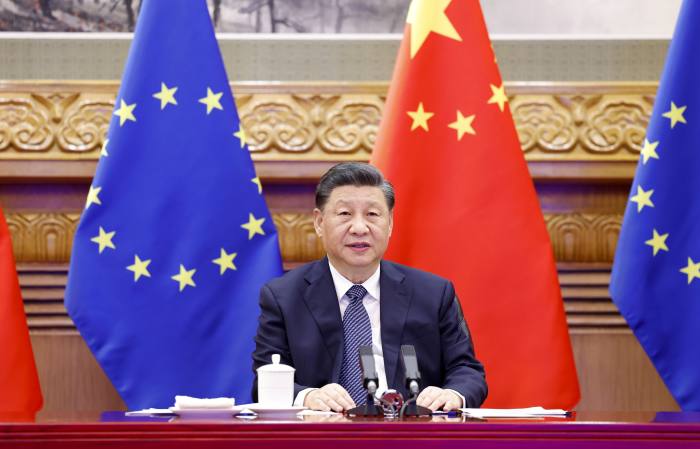
What lies ahead for China? China’s economy has enjoyed a meteoric rise over the past four decades.
It was only at the end of the 1970’s that the decision was unveiled to open up the Chinese economy, moving it from a poor, largely agricultural backwater. Initially slow at first, opening up and reforms then gathered pace.
Now, China is an economic superpower, second in size only to the US. Yet, its income per head is still low.
Despite its huge wealth and many rich people, the sheer scale of its 1.4bn population means that its per capita income is about 81st in the world, based on IMF data, putting it on a par with economies such as Costa Rica.
This reflects the complex challenges China faces today. One of its biggest achievements has been the virtual elimination of absolute poverty, but now it needs to raise incomes further.
Yet it also indicates the potential rise in economic size and incomes that might lie ahead.
As we emerge from the pandemic, there is much uncertainty about prospects for the global economy and how behaviours may change.
Yet, at the same time, two of the dominant pre-pandemic global economic drivers look set to persist.
One is the digital and data revolution. A second is the emergence of the Indo-Pacific as the world’s most dynamic region, stretching from India in the west to the US in the east.
Two countries central to both drivers are the US and China. It very much looks like a G2 world in geo-political and economic terms.
China will thus become even more important in the eyes of international investors. At the turn of the century, China’s share of world GDP was only 3 per cent, now it is about 18 per cent and by 2030 it could exceed a quarter.
Made in China
One of the most significant economic developments for China was its entry into the World Trade Organization in 2001.
Its integration fully into the global trading system had a profound impact on the world economy through greater competition and lower inflation, while within China it boosted exports and growth and gave greater weight to those wanting to open up further.
The three words that became dominant globally for the first decade of this century were “made in China”. Goods from China were ubiquitous.
Then, as China’s wealth grew the three words “bought by China”, became important too. Chinese businesses became more international.
Soon after Xi Jinping became president, China’s global vision was seen also in terms of the Belt and Road Initiative.
China sought to strengthen both its political and economic might through developing maritime and land ties, as it sought through trade and investment to strengthen its reach.







